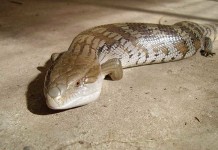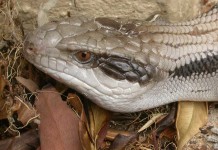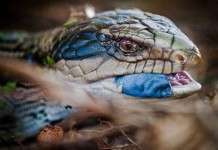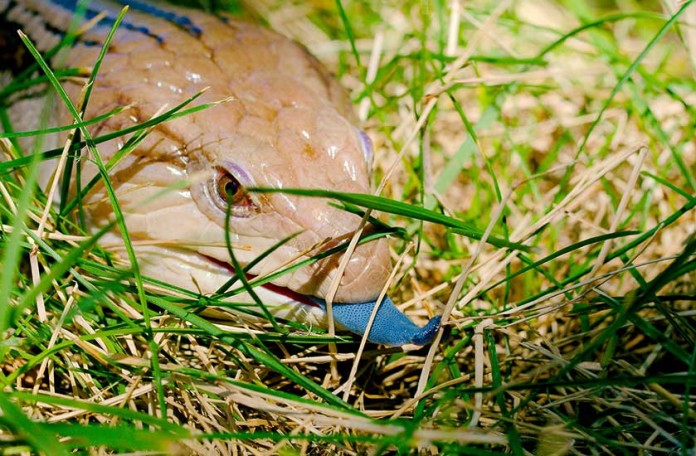A Blue Tongues Skink is a terrestrial lizard, which means that they will spend most of their time on the ground. Since your skink reptile wants to live in an enclosure, which is as close to the wild as possible along with being safe. Therefore, you need to ensure that the space you provide for the reptile is large, clean and have creative aspects to it that make it natural.
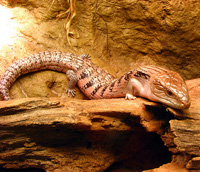 The most common health problems for a blue-tongued skink can result from un-cleanliness of the terrarium or from improper feeding so you need to keep the lizard’s enclosure clean and smelling fresh at all times. Adult skinks should have at least a 40-60 gallon terrarium and if you plan to keep more, the space should be more accordingly. When you get a tank, you need to keep in mind the current size of the pet, its growth rate in the future, if it’s a baby as well as multiple skinks in the future. This is why it is a good idea to get a larger tank now in order to provide maximum possible space for your pet.
The most common health problems for a blue-tongued skink can result from un-cleanliness of the terrarium or from improper feeding so you need to keep the lizard’s enclosure clean and smelling fresh at all times. Adult skinks should have at least a 40-60 gallon terrarium and if you plan to keep more, the space should be more accordingly. When you get a tank, you need to keep in mind the current size of the pet, its growth rate in the future, if it’s a baby as well as multiple skinks in the future. This is why it is a good idea to get a larger tank now in order to provide maximum possible space for your pet.
The animal requires cool, hot and humid temperatures and it is a bit tricky providing such temperatures for your lizard. In addition to this, in order to maintain humidity, having substrate and plant matter in the tank is very important. It will not only give your pet a comfortable feeling of being home but also keep the humidity levels in the tank adequate.
Ideal Environment for Skink – Temperature, Humidity, Lighting
Detailed cage setup with proper temperature, lighting, and humidity with basking area.
Perfect Blue Tongue Skink Cage
Choosing perfect reptile cage in terms of size and material.
Using Tupperware Enclosures and Cleaning
Guide to use Tupperware cage correctly.
Determining the Best Dimensions for Skink Cage
Setup the right size and dimensions of cage for blue tongue skinks.

